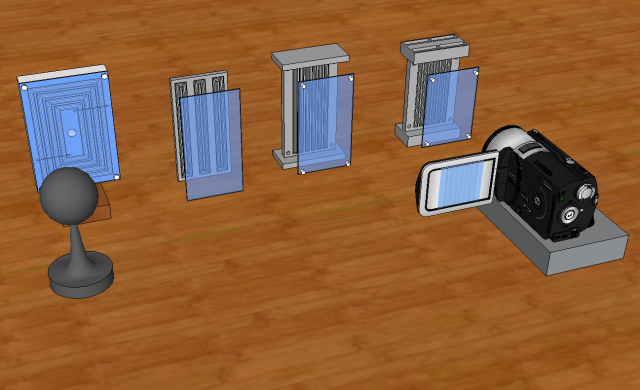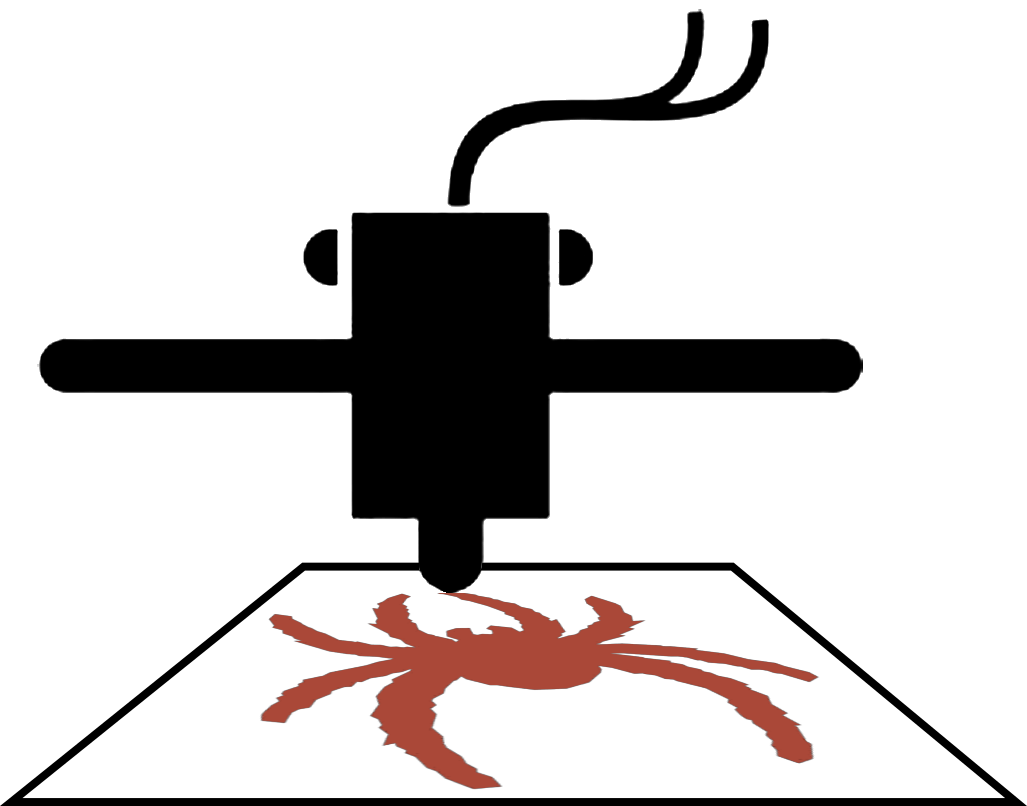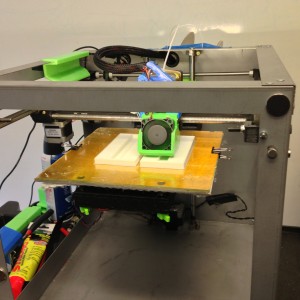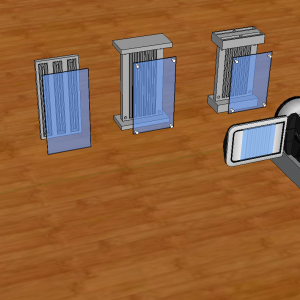
Four designs showing the evolution of the project from the first idea on the left with a racetrack and webcam to the final design on the far right with a video camera to record the back-lit device.
Professors Ovidiu Lipan and Laura Runyen-Janecky approached the CTLT with the idea of developing a new fly experiment for introductory science students in the Integrated Quantitative Science course in which students would study the locomotion of various ages of a particular fly. We began researching and developing some options for a device to use in the experiment, guided by the fact that there is nothing commercially available for their application and that the university does not have a machine shop available for this.
Among the specifications were things like the device needing to allow simple loading and unloading of the flies, controlling the flies from escaping, allowing reproducibility and multiple trials for the experiment, permitting video recording of the experiment for analysis, backlighting the device to allow better contrast for data acquisition, and being able to mark the device for “start” and “finish” lines.
Over the next couple of months, we developed a few prototypes in SketchUp and discussed the virtual designs. We then proceeded to make physical prototypes using the CTLT 3D printers (Solidoodle version 2 and version 3 printers). During this phase, the CTLT also learned how to improve accuracy of printing through filament materials.
After the last prototype proved successful in testing with flies early in the summer, the CTLT then looked at fabrication options for creating 10 experimental setups. Analysis of online printing services (such as Shapeways) determined that the cost would be $2310 (see table below). The cost for doing the 3D printing at UR on our 3D printers was found to be $137 or about 6% of the online cost!
| Item Description | Cost Each | Quantity Per Experiment | Cost Per Experiment | Quantity | Extended Cost | Shapeways Extended Cost |
| Magnets – 1/4×1/4 | $0.65 | 4 | $2.60 | 10 | $26.00 | $26.00 |
| Magnets – 1/4×1/8 | $0.53 | 4 | $2.13 | 10 | $21.30 | $21.30 |
| FlyTrack | $4.00 | 1 | $4.00 | 10 | $40.00 | $1,004.50 |
| FlytTrack Base | $2.00 | 2 | $4.00 | 10 | $40.00 | $1,170.00 |
| magnet holder | $0.02 | 4 | $0.09 | 10 | $0.91 | $73.60 |
| Plexiglass | $0.83 | 1 | $0.83 | 10 | $8.33 | $8.33 |
| S&H | $0.00 | $6.50 | ||||
| Total | $136.54 | $2,310.23 |
These numbers were for the final pieces. However as mentioned above, we experimented with the design and went through about 3 physical prototypes. These prototypes would have each cost about $120 for testing and would have taken 3-5 days each for the turnaround time, adding that onto the development time that we had used.
We admit that this is not a complete story about costs. Obviously, we are not including the costs of staff time , and we did not research the costs for traditional fabrication for such a device. Of course factory mass production would be too expensive, but there are “traditional” machine shops (without 3D printing) that could probably make these devices incorporating most of the aforementioned specifications. However, in our experience with outsourced research instrument design, we believe the hourly rate of a machinist’s time would be enough to make this unfeasible as well.
We proceeded to print the pieces in the CTLT and acquire the additional parts to assemble the devices. The time required to print the 10 FlyTracks and 20 FlyTrack bases (10 devices) came to 110 hours. Luckily, very little of it required human attention.
The final design is available from Thingiverse to allow other schools and individuals to use and/or evolve the design.
- 10 FlyTracks
- Printing bases
- Finished FlyTrack
- Finished FlyTrack
- Prototypes (earliest on left side)





